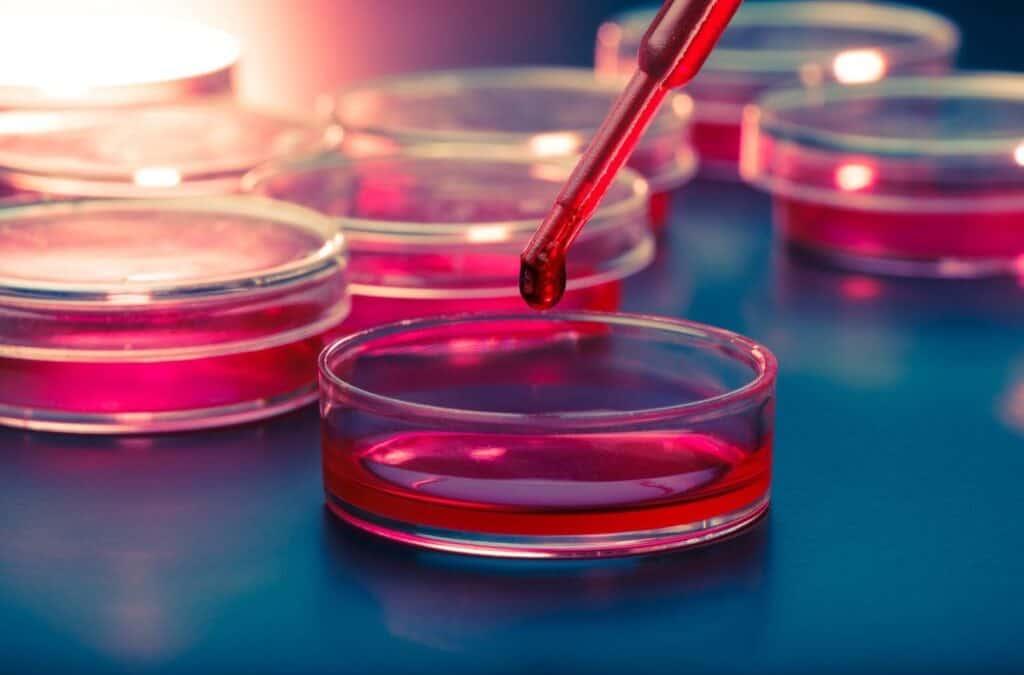
Stem Cells & Autism
Stem cell therapy uses the transformative capacity of stem cells to treat and prevent disease. Stem cells are injected into the body and work to reintroduce functional cells, improve metabolism, replace lost cells and generate an immune response.
Great caution needs to be taken when assessing the merits of such new and invasive therapies; the risks are not yet fully understood, nor are the rationale for using them. Stem cell therapy is still in its infancy and stem cell therapy and autism is still only in clinical trial.
*It is interesting to note that although the physical aspects of autism are being addressed with autism and stem cell therapy, still there is no understanding of the connection as to why the gut inflammation and poor immune response have such a marked influence on autistic traits. The Polyvagal Theory is the only theory that can succinctly describe why these issues have such a deleterious effect on the autist and why they can produce autistic characteristics such as lack of eye contact and poor social skills.






Recent Comments